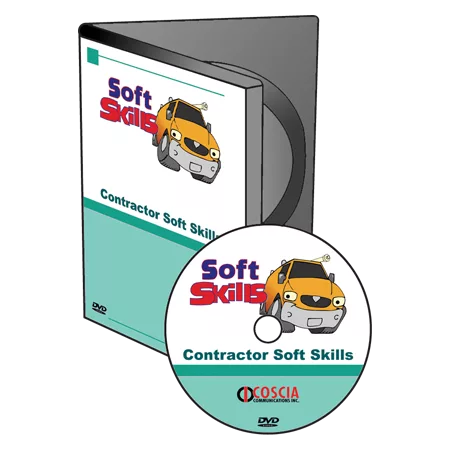Product Spotlight: Flow-Thru™ Battens

Introduced in early 2001, Flow-Thru Battens were developed in response to tile roofing contractors who voiced concerns with the inconsistency of traditional cedar battens, especially in areas where there is a high amount of rain and snow.
“Contractors were looking for a vertical drainage system that is easy to install,” explains Gary Urbanski, product manager for Trimline. The result was the Flow-Thru Batten. “We did a lot of R&D and internal testing to make sure it would perform,” Urbanski says.
Flow-Thru Battens are constructed of durable corrugated plastic and are designed to allow moisture drainage and air movement under tiles. This eliminates the backup and ponding of moisture behind the batten that can lead to roof leaks, premature felt burnout, and roof deck damage.
Another goal of this new product was to save time and labor by eliminating the need for lath and batten (counter batten) systems. Is this actually the case?
The answer is a resounding yes, according to John Bateman, vice president of Stahl Roofing, Denver. “We use the product on all of our tile jobs; we won’t even bid the roof if they want wood,” he says. “It’s the easiest product to install, and it’s straight and consistent in width and height.” The result? “Using the product cuts down on installation time by 15 percent; our labor costs have gone way down.”
Bateman agrees with Carpenter that tile installers must give the Flow-Thru Batten a try. “It will never rot; it’s easy to install – just try it once and you’ll be sold,” he advises.
Carpenter can attest to the easy sell. S. Kramer Roofing does residential and commercial roofing – asphalt, shakes, shingles, tiles, BUR, MB and some EPDM. About 95 percent of its work is reroofing. The company has been expanding its tile business over the past four years. “I do a lot of research before I try something new,” he says. “I had some discussions with the owner of Boulder Creek Sales – we deal with them exclusively,” Carpenter explains. “There are things about wood battens and the lathe and batten system that I don’t like. I don’t like the spongy feeling of the lath and batten, and the wooden batten doesn’t provide water flow.”
When the Flow-Thru Batten was introduced, Carpetner’s contact at Boulder Creek called him and said, “You’ve got to try this!” Carpenter was excited about the product, but his installer — “Mr. Negativity” — was not. Nevertheless, “By the end of the job he was 100-percent sold!” says Carpenter. “There is no breakage, it’s lightweight and easy to cut.”
Most importantly, “The homeowner is happy because these battens won’t deteriorate like wood,” says Carpenter. “Sure, a tile roof will last 60 years, but the wood battens won’t.”
Like Stahl Roofing, S. Kramer Roofing now uses the product exclusively. Carpenter says the only drawback is the cost. “But I prefer to eat the cost and use this product instead of wood, because I know there won’t be any callbacks,” he says. “And it’s happy customers that can make or break a business.”
Looking for a reprint of this article?
From high-res PDFs to custom plaques, order your copy today!




